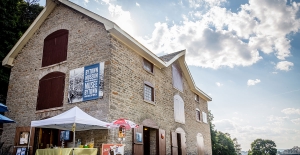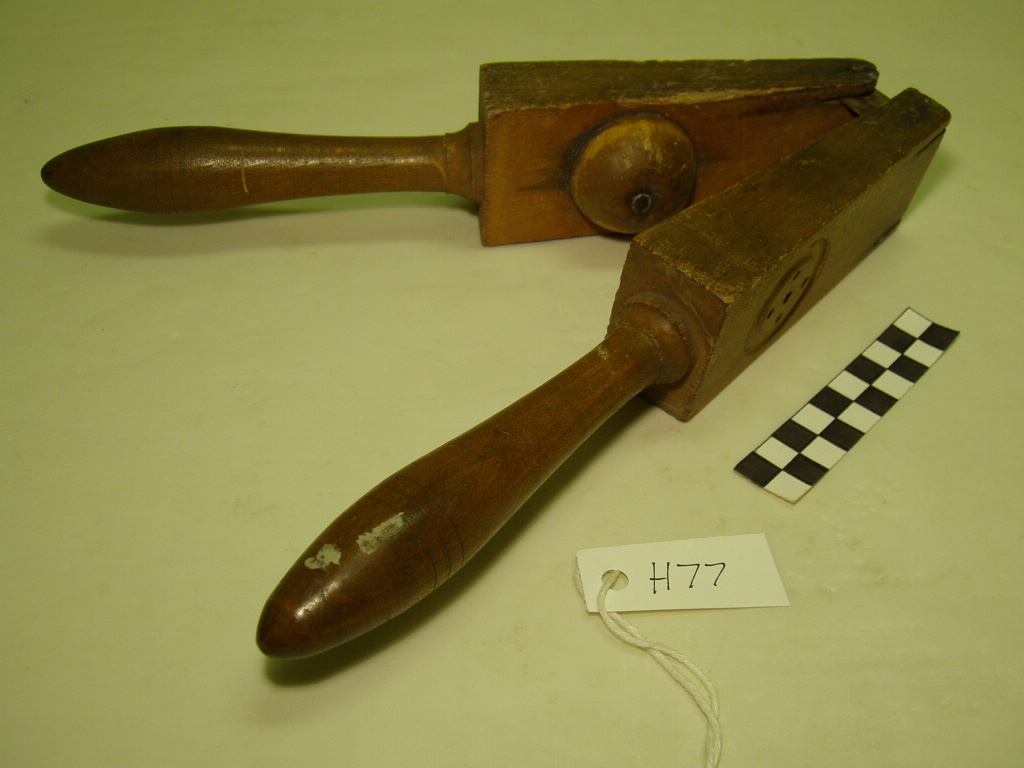Luscious Lemonade
June is the beginning of lemonade season at the BYTOWN MUSEUM; every year we make hundreds of cups of freshly squeezed lemonade. Lemon flavored beverages can be traced back to ancient Egypt to a beverage made with lemon juice and sugar called Qatarmizat. The beverage was so highly prized that only the Pharaoh and the royal family were allowed to drink it. 
Our lemonade is made with Redpath Sugar, a company with ties to the Rideau Canal. The company’s founder John Redpath was one of the contactors who assisted with the construction of the Rideau Canal. After the completion of the Rideau Canal in 1832 John Redpath established himself in Montreal as a prominent businessman and philanthropist, he invested in a sugar refinery on the bank of the Lachine Canal in 1854. The Redpath family maintained a controlling interest in the company until after World War II. To take advantage of the impending Saint Lawrence Seaway a second refinery was built on the waterfront in Toronto. Her Majesty Queen Elisabeth II and H.R.H. Prince Philip officially opened the completed refinery on June 29, 1959. The Montreal refinery was closed in 1980 after running for 126 years; the Toronto refinery is still running and producing more than 2,000 tonnes of sugar per day. Redpath Sugar is a part of Canadian history and we add a bit of that history to every glass of lemonade.
On a hot day there is something very refreshing about the sweet and yet still tart flavor of fresh lemonade. This summer while enjoying the many events downtown stop by the BYTOWN MUSEUM for a glass of ice cold lemonade.

One wooden citrus press made out of maple, with metal hinges and nails. Constructed of two wedge-shaped blocks of wood, or jaws, joined together at the tapered ends with two inset metal hinges and nails; extending from center of the wider end, each jaw has a lathe turned, cylindrical wooden handle encircled by three incised lines. On the interior surface of one jaw, nailed near the handle, is a hemispherical projection or reamer. In an opposing position on the other jaw is a cup-like hollow with five perforations which extend through the block of wood; on the exterior surface of this jaw, a circular depression surrounds the five holes. Circa 1870-80’s
Presses like this were popular before 1850, and continued to be used through to the end of the century. Cast iron citrus presses started to appear around 1860. Wooden lemon squeezers were preferred because the wood did not contaminate the flavor as the early iron pressed did. (MARY GOULD, “EARLY AMERICAN WOODENWARE AND OTHER KITCHEN UTENSILS”, POND-EKBERG, SPRINGFIELD, MASS., 1948, PP.127-128)
